Ephesus, Turkey – UNESCO sites of the world
In this series, we explore the UNESCO World Heritage Sites of the world. A site is deemed to be a World Heritage Site by UNESCO if it is of outstanding universal value and meets at least one out of ten selection criteria.
by Noah Patton
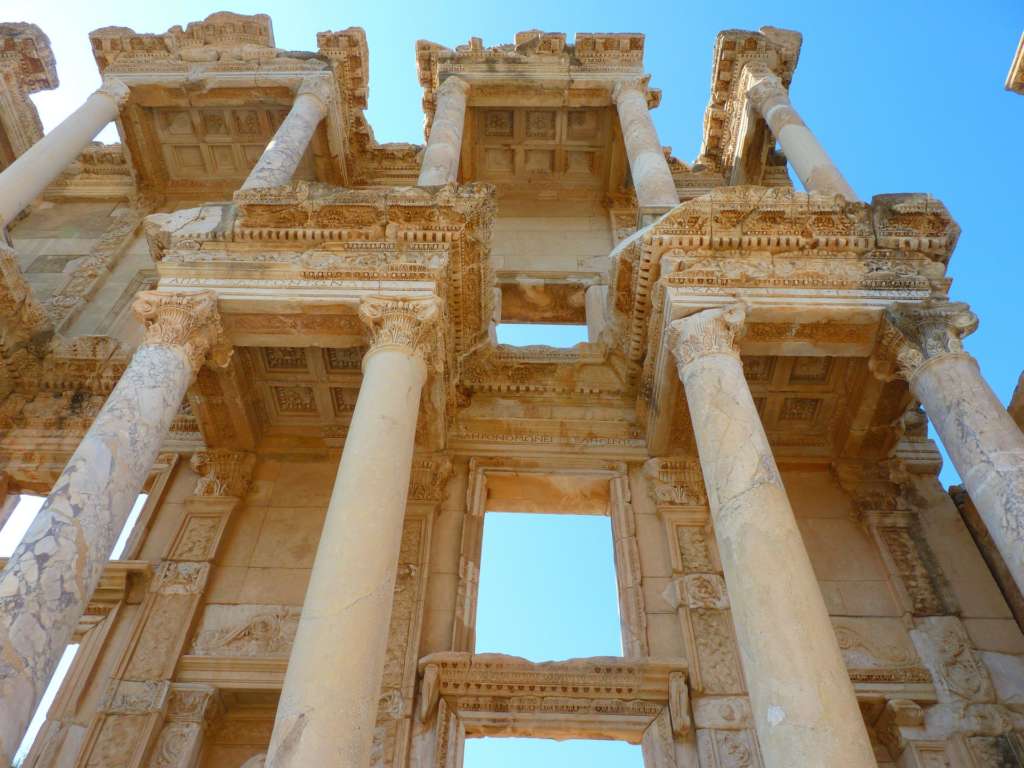
Ephesus was an ancient Greek city located in the ancient region of Ionia located along the central western coast of Anatolia. In the present-day Ephesus is found along the Aegean coast in the İzmir Province of Turkey.
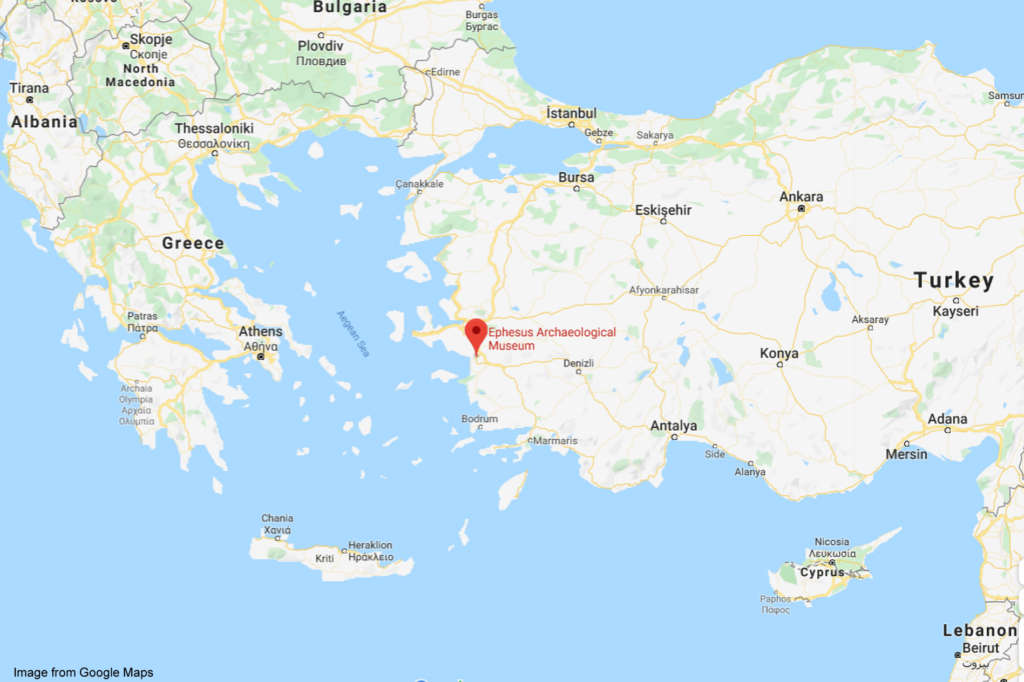
In 2015 Ephesus was inscribed into the UNESCO World Heritage List due to Ephesus’s significant historical and cultural significance.
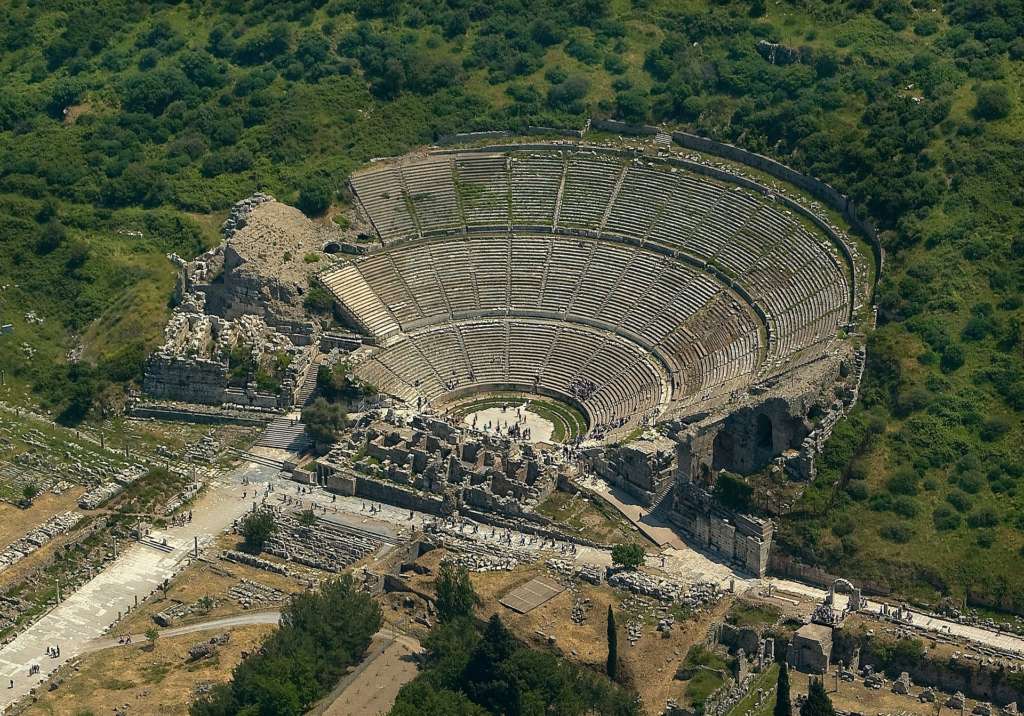
Throughout BC Ephesus was inhabited and altered by numerous different factions. In the Bronze Age around the 14th and 13th centuries BC Ephesus was known as Apasa, the capital of the ancient kingdom of Arzawa. Later it would be colonised by ancient eastern Greek tribes the Attics and Ionians.
There are two mythological theories on the foundation of Ephesus, the first is attributed to a prince of Athens, Androklos, who was said to have been visited by an oracle from Apollo in the ancient sanctuary of Delphi.
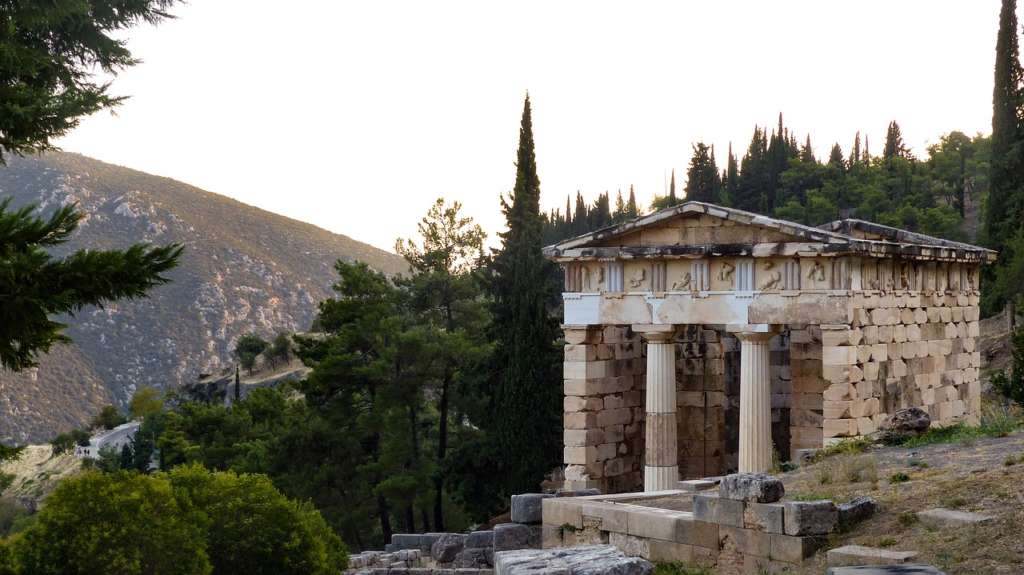
The oracle told Androklos he should create a city “where the fish will show (the way) and the boar will lead (the way)”. Androklos landed on the Aegean coast of Ephesus, where they caught fish. While they cooked the fish, one leapt out of the pan, scattering coals setting the greenery aflame. A boar then fled out of the flaming underbrush. Androklos chased the boar, when he finally caught it and slew it, he founded the city of Ephesus on the surrounding land. [1]
This mythological origin is supported by the coins used in Ephesus which depict Androklos and the boar.
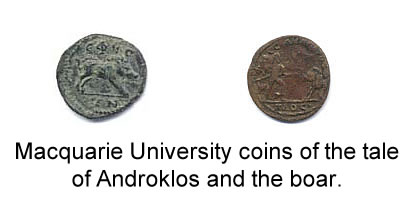
In the alternative version of events, Greek historians such as Pausanias and Herodotos, would later reassign the foundation to Ephos, Queen of the Amazons. In this version of events, the city was founded in the 3rd century BC by a race of woman warriors who lived in Anatolia. During the time of the Trojan war, their queen was killed by the Achaean hero – Achilles. The legend says that the name “Ephesos” was derived from the name of a successful Amazon queen named Apasas. According to the legend Amazons were furious women fighters who did not like men but used men for fertility reasons. They were excellent archers, and to improve their speed, used to amputate their right breasts. (4)
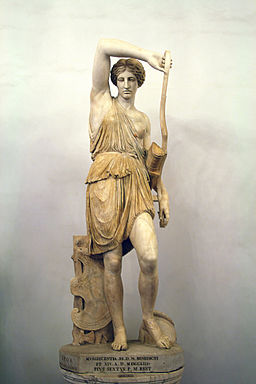
During this Greek occupation of Ephesus, the Temple of Artemis was built. The Greek Goddess Artemis is the goddess of the hunt, the wilderness, wild animals, the Moon, and chastity. The Temple of Artemis was one of the seven ancient wonders of the world. According to Pausanias it was the largest building to ever exist in the ancient world.
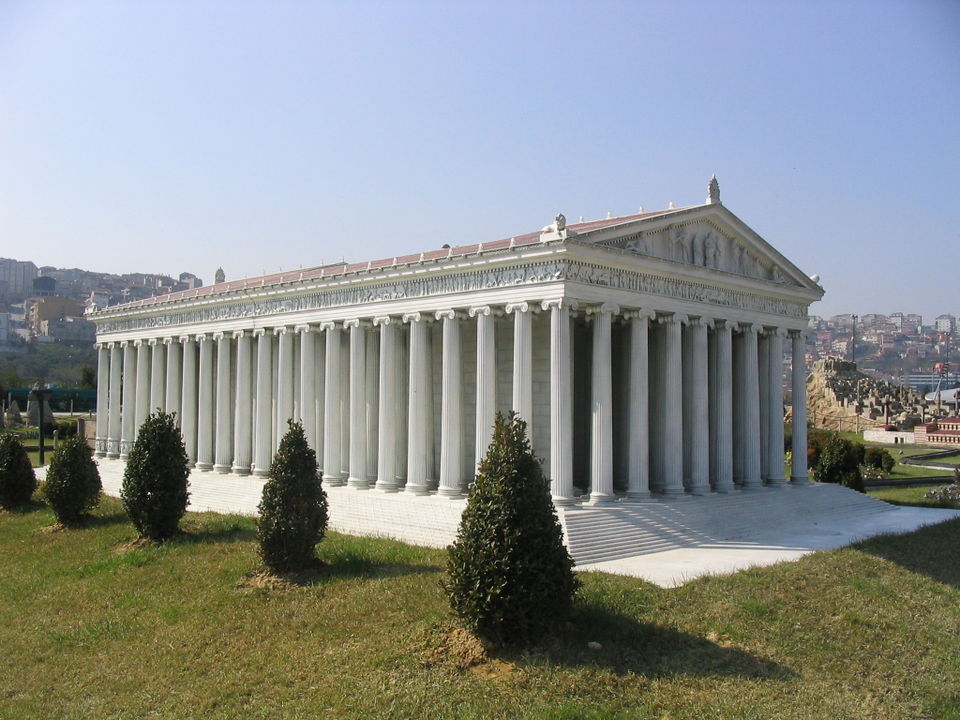
In the 7th century BC, Ephesus was attacked by Cimmerians, a nomadic tribe of Indo-Europeans. The Cimmerians razed the city but were eventually driven away. This instability led to the rule of various unnamed tyrants for many decades. Later a revolt would bring Ephesus into new prosperity under the rule of a council. This rule was fairly short lived as the Lydian King Croesus conquered Ephesus in 560 BC. King Croesus would go on to rebuild the Temple of Artemis, which had been badly damaged by the Cimmerians.[2] The Lydians would then attempt to conquer the Persians, ultimately failing. This resulted in Ephesus now belonging to the Archaemenid Empire or the First Persian Empire. Ephesus participated in various minor wars and disputes over the next century.
The Temple of Artemis was razed to the ground in an arson attack in 356 BC, where the lunatic Herostratus severely burnt and damaged the building.[3] It would however be rebuilt, with the Ephesians planning an even larger and grander temple.
After Alexander the Great defeated the Persians in 334 BC, all the Greek cities inhabited by the Archaemenid Empire were liberated. Alexander the Great would offer to finance the rebuild of the temple. The Ephesians would refuse however, claiming it was unfitting for one god to build a temple for another.
The city would continue to be controlled by many different empires, including the Seleucid Empire, the Egyptians, the Romans, the Byzantines and finally the Ottomans would abandon the city.
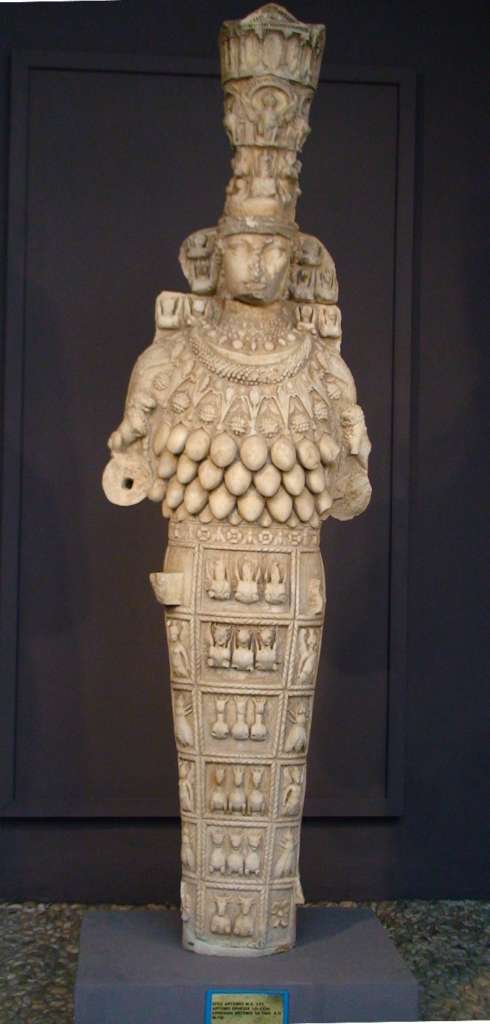
By Pvasiliadis – Own work, Public Domain, https://commons.wikimedia.org/w/index.php?curid=2621250
The Romans were the last empire to ever experience the Temple of Artemis in its full glory, as a goth raid in 263 AD nearly destroyed the city and the temple in its entirety. It was rebuilt by Constantine the Great, but overtime the city’s importance declined until eventually it was largely forgotten. (5)
However, Ephesus’s beauty remains, containing the ruins of the Temple of Artemis, the Library of Celus, the Ephesus Museum, the Basilica of St. John and the House of Virgin Mary. It is most commonly visited as a day trip from Kusadasi, Turkey on a port of call during a cruise.
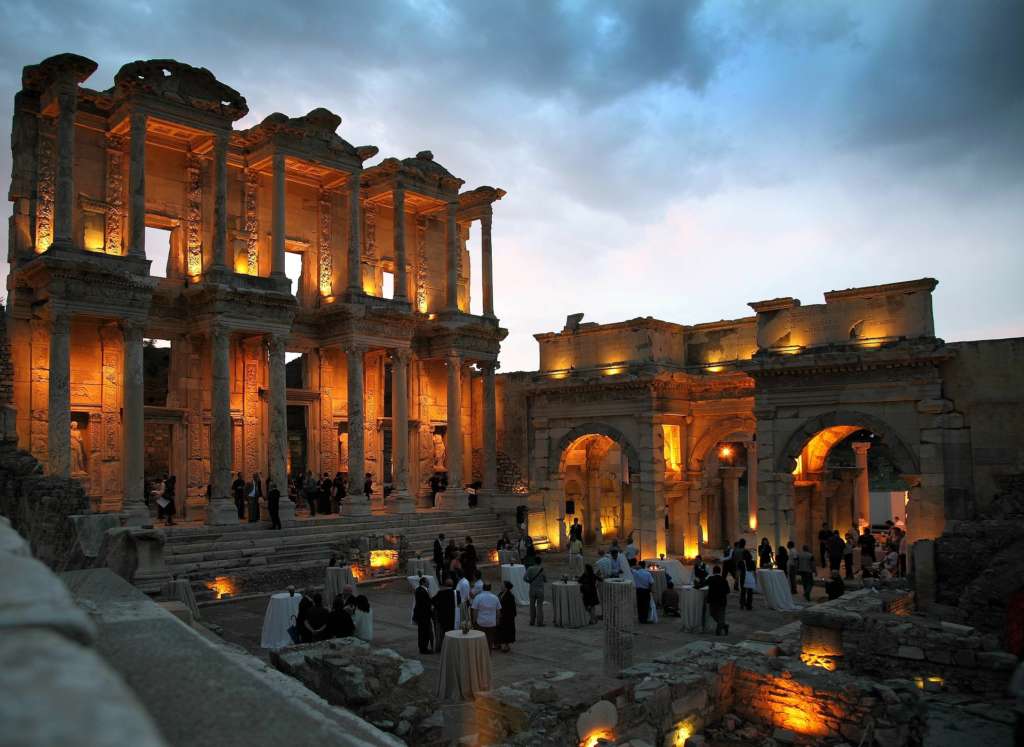
Bibliography:
- [1] The Coinage of Ephesus, http://humanities.mq.edu.au/acans/ephesus/chapters/chapter01.htm
- [2] Cremin, Aedeen (2007). The World Encyclopedia of Archaeology. Richmond Hill, Ontario: Firefly Books. p. 173. ISBN 978-1-55407-311-5.
- [3] Encylopedia Britannica, https://www.britannica.com/topic/Temple-of-Artemis-temple-Ephesus-Turkey
- (4) Ephesus History – http://www.ephesustravelguide.com/ephesus-history.html
- (5) Temple of Artemis – Wikipedia: https://en.wikipedia.org/wiki/Temple_of_Artemis

